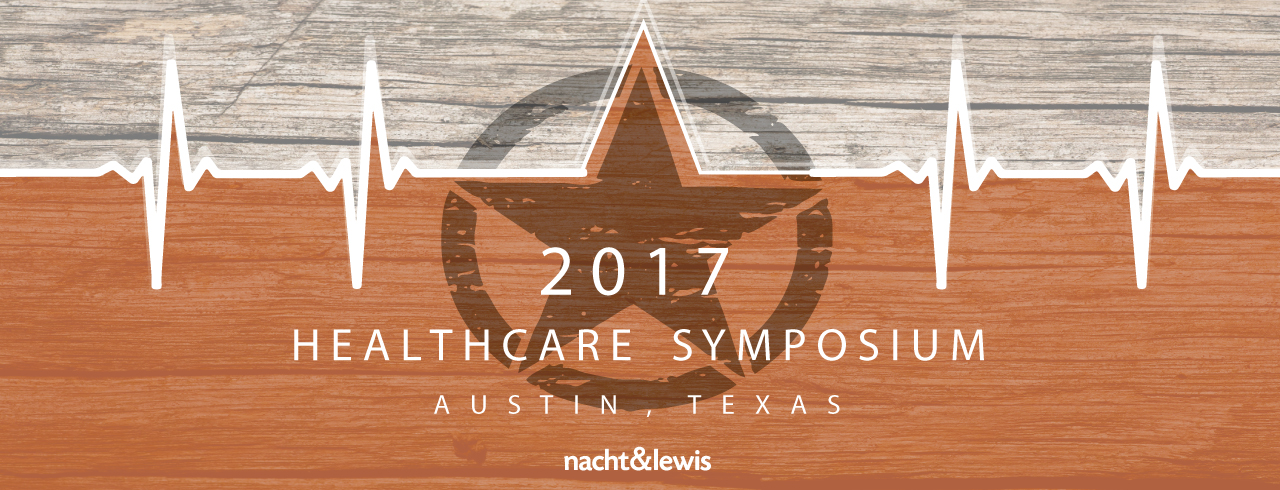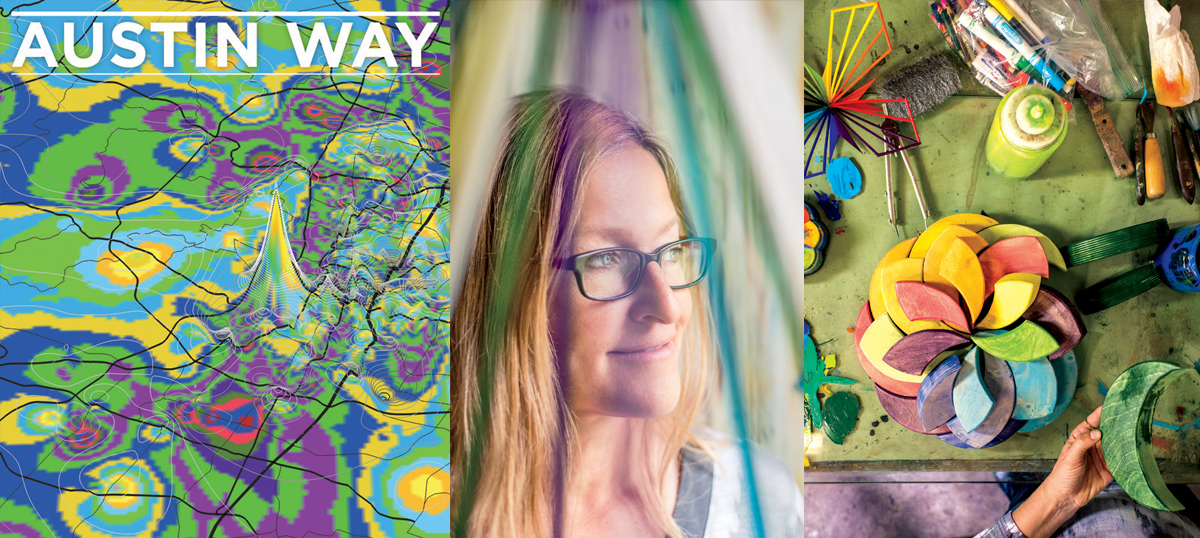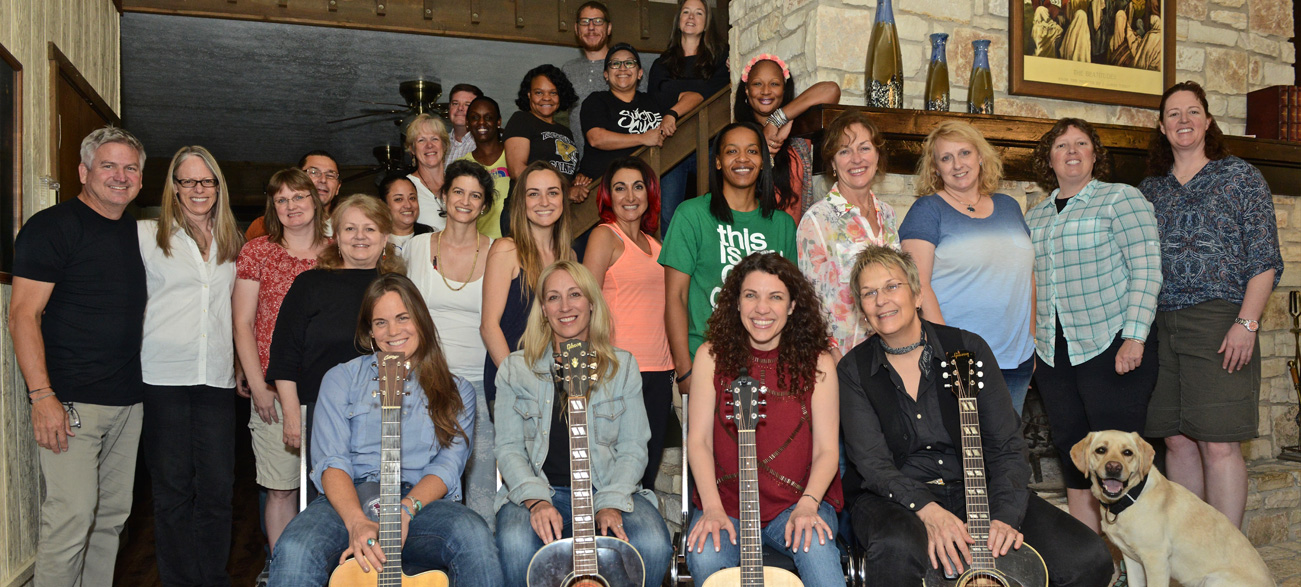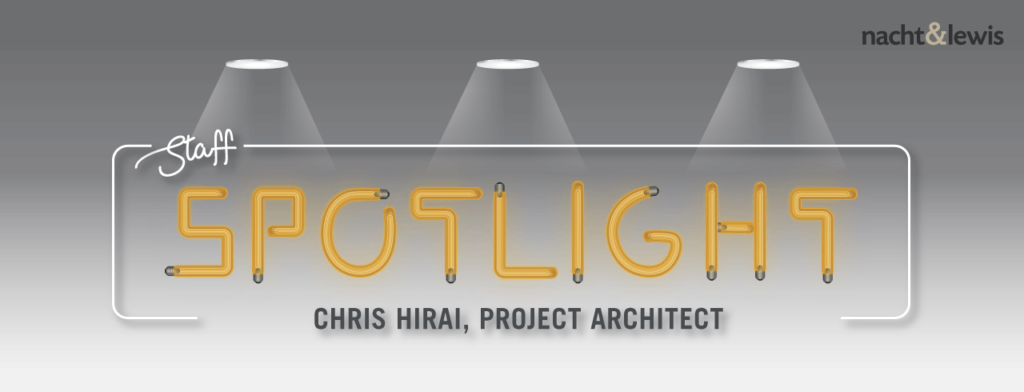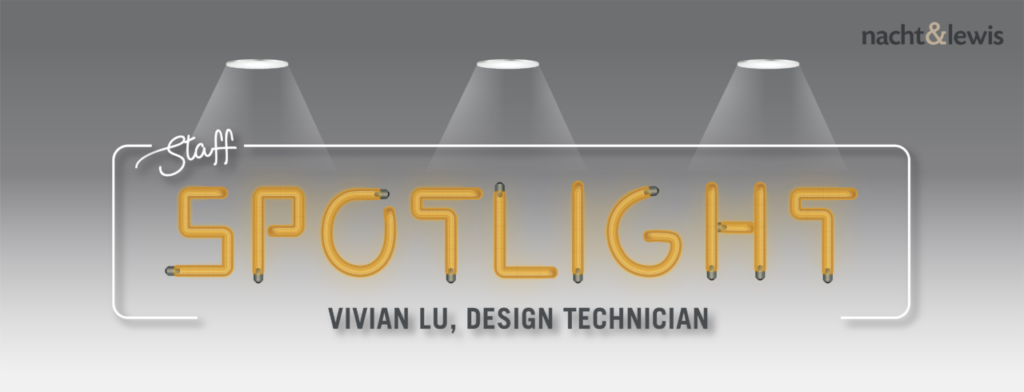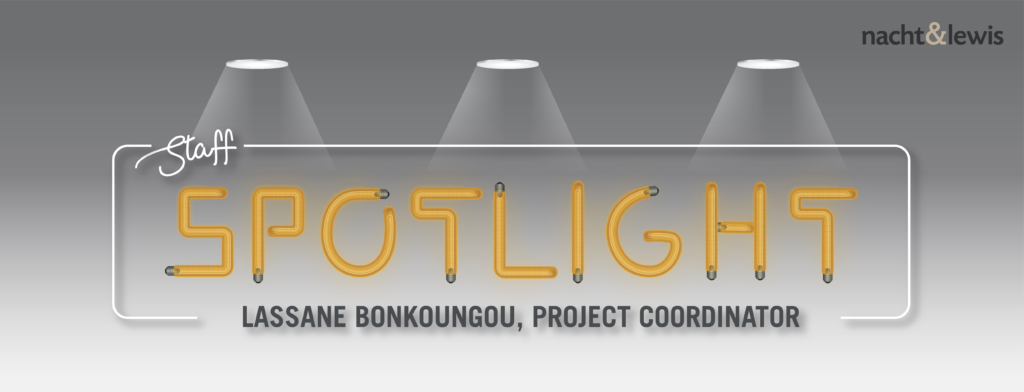I was invited by Walt Vernon of Mazzetti to participate in a special focus group in collaboration with Facilities Guidelines Institute (FGI) and the American College of Emergency Physicians (ACEP) entitled “Reimagining the ED” to be held at the Healthcare Symposium in Austin, Texas.
On an annual-basis, I typically attend one major national Healthcare Conference to keep up with national trends in healthcare, network with clients and contemporaries and other market partners. Additionally, my healthcare design team has done several significant ED (emergency department) projects over the last five years and we are currently in the beginning stages of yet another ED project, so I felt the focus group subject matter with FGI to be extremely timely and a good opportunity to gain new perspectives for a new project. As an added, personal bonus, my wife and homeschooled, youngest daughter decided to tag along, making a mini vacation out of the trip. For me, this added family time provided a relaxation element, the benefits from which I cannot overstate; I always enjoy my time with my family.
We landed in Austin, grabbed a rental car and hit the I-35 south to San Antonio. We headed off on what amounted to a 90-minute drive (in traffic) until our happy arrival in San Antonio. Fortunately, we were just in time to have dinner in one of the many local Tex Mex restaurants with a lively patio on the River Walk.
For those who don’t know, the San Antonio River Walk is a must-see kind of location. An engineering feat of great proportions, designed by thoughtful leaders and entrepreneurs with a grand vision in the 1920’s to control the floodwaters of the San Antonino River. It was, in essence, created out of necessity and fear, but over time has transformed the once-muddy creek into a major tourist attraction and economic driver for the City of San Antonio.
Part of the system includes a horseshoe shaped tributary that goes right smack through and approximated 15’-20’ below the middle of the city’s entire commercial district. Everywhere the street grid hits the river, it affords river access and, due to its longevity, the landscape is mature and spectacular. Paradise found. As we walked along, the crowd thickened and suddenly the river is full of boats, people, restaurants, activity, music, outdoor dining (amazing food!) and more. It is absolutely fantastic – you have to see it!
On our second day in San Antonio, we decided to tour the Alamo Museum. We have a personal connection to the Alamo, as my wife is a descendent of James Bowie. The mission is beautiful and the history is just another example of how the west was won and the pioneering spirit of early Americans. It embodies the Texas “Come and Take It!” attitude and spirit to a tee.
The Midnite Barbeque pulled pork sandwiched from this fellow pictured here is awesome. If you happen to run into him, I highly recommend you take advantage of what he’s barbecued. Tell him John sent cha.
On our third day in Texas, we headed back to Austin. There are large marinas for the masses coming out of Austin for day trips to Lake Travis. The lake itself is massive, blue-green in color that carves through the rocky strata winding for miles along the city. Note to self: definitely worth considering Lake Travis as a retirement location.
Our view from our trip to Barton Springs, Sunday morning.
Austin’s food is nothing short of fantastic! The BBQ here is amazing: tender, delicious, goodness. The restaurants we enjoyed include: Roaring Fork (I had the pork shoulder on the bone and carnitas), Moonshine Patio, Bar & Grill (I had an enormous pork chop), Lambert’s Downtown Barbecue (brisket) and Caroline (cheeseburger). All were excellent!
After three fun- and food-filled days with my family, it was back to work at the conference. I was enrolled for two days: day one was a focus group on the Emergency Department and day two was general attendance and open workshops.
The ED focus group was set up in a slightly daunting the room, set up like a gymnasium with tables and chairs, easels, a variety of markers, pens, boards with cutout room plans, yarn, tape, pre-printed forms and questionnaires. There was an open area running along one side of the room with sheets of cardboard and boxes built to sizes to mimic carts and patient chairs with colored taped lines on the floor depicting typical room sizes for full scale mockups of room configurations. The stage was set for an aggressive day of design thinking and problem solving and perhaps a real breakthrough or two.
Stanford Design School “IDEO” was engaged to facilitate their proprietary “Design Thinking” strategy. Their process was comprehensive and their facilitator did an excellent job controlling our activities tailored to high-speed problem solving. Without these facilitators, I am absolutely certain the whole exercise would have been chaos and nothing would have been accomplished. Clearly, a proven methodology for problem solving.
Teams consisted of Architects, Planners, Interior Designers, Owners, Nurses and Clinicians at each table of eight individuals. Each team’s objective was to identify multiple challenges that clinical staff face in the Emergency Room, then narrow that down to the most significant of those challenges and develop a solution(s) for overcoming that challenge. Our team was amazing; we all put forth a collaborate effort to achieve the goal of a plan for a more efficient emergency department flow, which we entitled “The Conveyor Belt Concept”. In a parallel effort, we worked to develop a mid-to-low acuity treatment bay that we felt safely and efficiently housed a patient and two family members in approximately 60 square feet, well below the accepted 80 square feet minimum treatment bay. In the end we felt proud of our achievement and impressed by the efforts of the other teams who dealt with other challenging issues such as behavioral health patient treatment and violence. The ultimate product of this effort will be a whitepaper that will be published in the months to come. I can hardly wait to read it!
It is important to note that this was the first session of this kind ever done by FGI. I must send out kudos to Walt Vernon (Mazzetti) and the FGI/ACEP folks for the concept. And a big thank you to the clinicians, nurse supervisors and practitioners for sharing their day-to-day challenges so that we might have the opportunity to help solve those problems.
The second day of the conference, my first meeting session talked about the central nursing station redefined. By eliminating workstations on wheels (clutter), this concept illustrated some excellent ideas for cleaning up the inpatient nursing unit technologies that so often give the appearance of a disorganized unit and pose compromises to workflow.
My second open session of the day was introduced by promoting NOAH (National Organization for the Arts in Healthcare), a co-presenting organization at the symposium. A musician led off with a story where he was speaking with a young boy who was undergoing treatment. When asked how he felt during chemotherapy, the boy responded that “chemo is like having an earthquake inside your body”. The songwriter then asked the boy what do you do when you feel an earthquake inside your body? The little boy responded, “I hold the sky”. Being inspired, the musician wrote a song about the conversation with the little boy; he played the song for us in the session and it was incredibly moving.
Being so moved by this musician’s work, I was compelled to attend another NOAH presentation later in the day. The Keynote Speaker for this segment was a young industrial designer education on the next big implementation in public healthcare, which involves advocating and providing a service model that provides for the “wellness” of patients proactively, rather than the current model that reactively treats those who have become ill. A noble charge. He was an excellent speaker, extremely well educated and an expert in his field. He spoke with an almost edgy tone that left you with the impression he could and would get what he wanted accomplished.
On interesting coincidence related to this young architect’s work, was a study that had be conducted in the greater Austin area to determine the “temperature” of emotions felt through various parts of the city. The artist had thousands of individuals tag their emotional reactions to a map of the city online. The result was a piece of art and can you imagine where the convergence of the maximum joy, happiness and pleasure was found? Barton Springs of course! The swimming hole we visited on Sunday afternoon!
Map and artist, Jennifer Chenoweth
In a mid-afternoon session, I attended Arts in Health: Arts in the Military. There was a lot of good discussion by art therapists who are bringing art to wounded veterans both on VA campuses and through telemedicine. The session and shared data was absolutely brilliant! The program has taken off and expanded from a single facility on the east coast to now more than ten VA sites across the country. Just like earlier in the day, another musician (Darden Smith) with Songwriting with: Soldiers, told us his tale of working with veterans. In his case, a small group of Songwriters meet with a group of around 15 or so veterans and talk with them about their experiences, then compose songs that they sing back to the veterans about their lives. Darden shared two stories to the audience. The first story was about a veteran who wouldn’t say a word to Darden about his life until they discovered that the vet had tattoos which covered most of his body. When asked about the tattoos, the veteran had a story for each one, so they started at his left ankle and worked all the way round to his right. Darden sang the song they composed: “Decorated Soldier…. Illustrated Man”. The next story was about a veteran who wouldn’t open up because he felt his stories were just too gruesome for anyone to hear. After relating more about his experience, Darden sang to us a song entitled “I’m Your Man Behind the Curtain”. The entire session was so awesome and inspiring with how these artists can use their art to heal.
Some of the Songwriting with: Soldiers musicians
What I’ve shared here with you is just the tip of the iceberg; there were many other great presentations at the conference that I was unable to attend. I had a great mini vacation in San Antonio with my family and I learned a great deal at the symposium. At the end of the trip, I came away with my batteries recharged and once again inspired to use my skills in “Architectural Design of Healthcare Environments” to help patients heal and to design spaces that make it easier for clinicians to do their work.
Written by John Flath, Principal-in-Charge and Healthcare Market Lead

